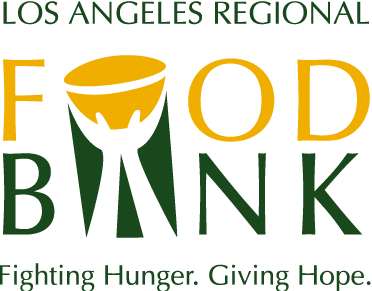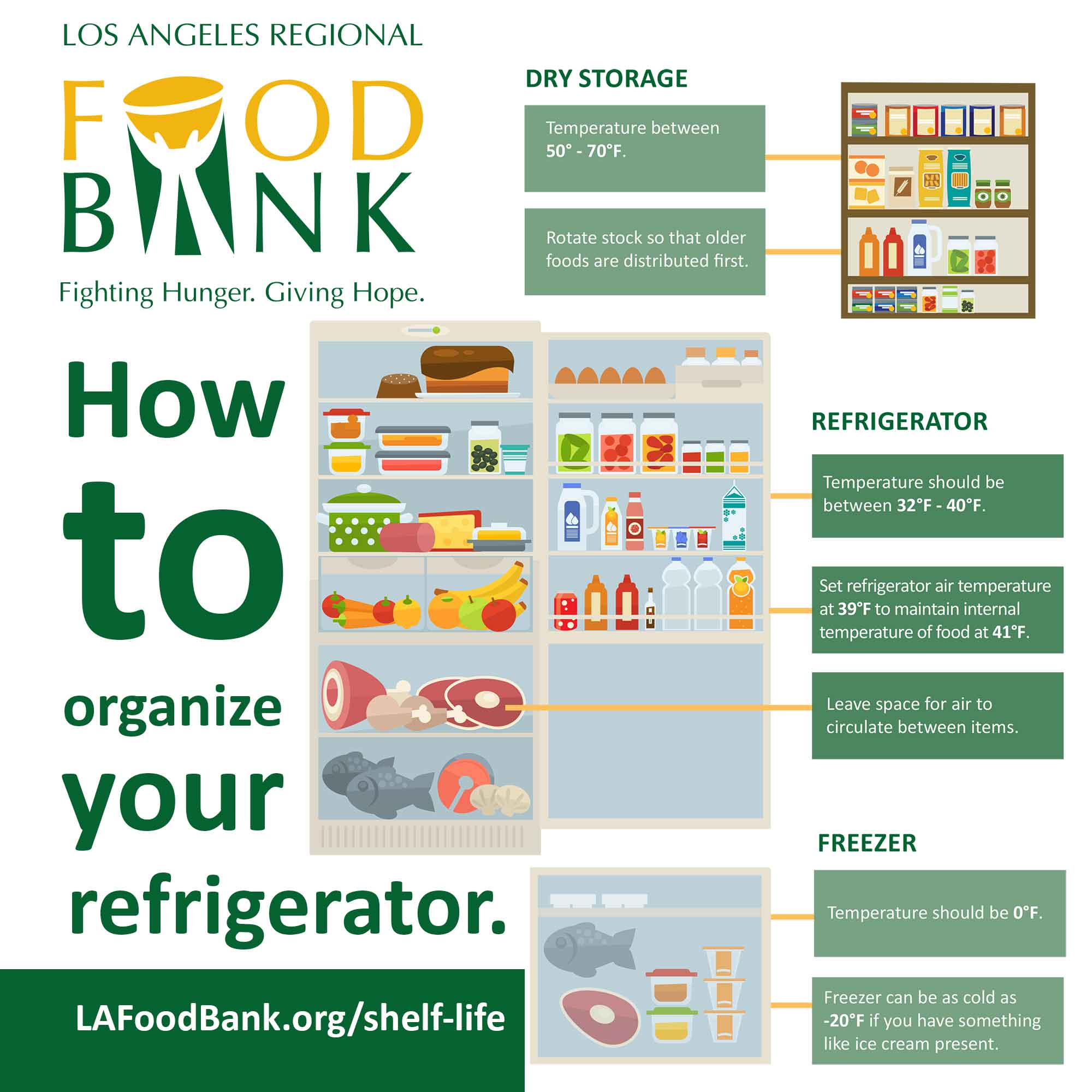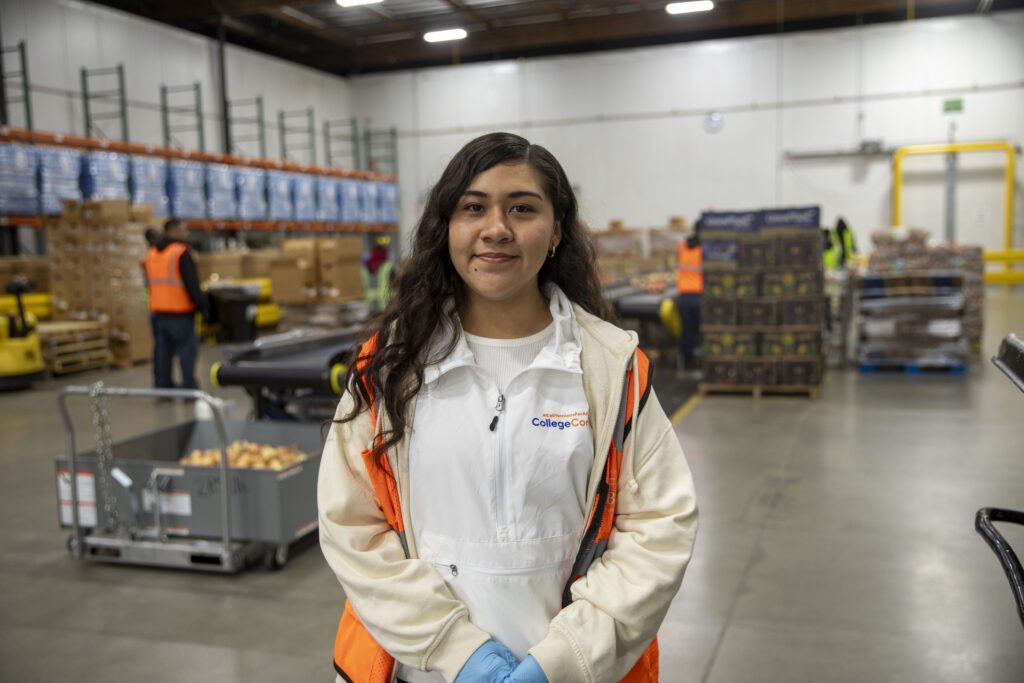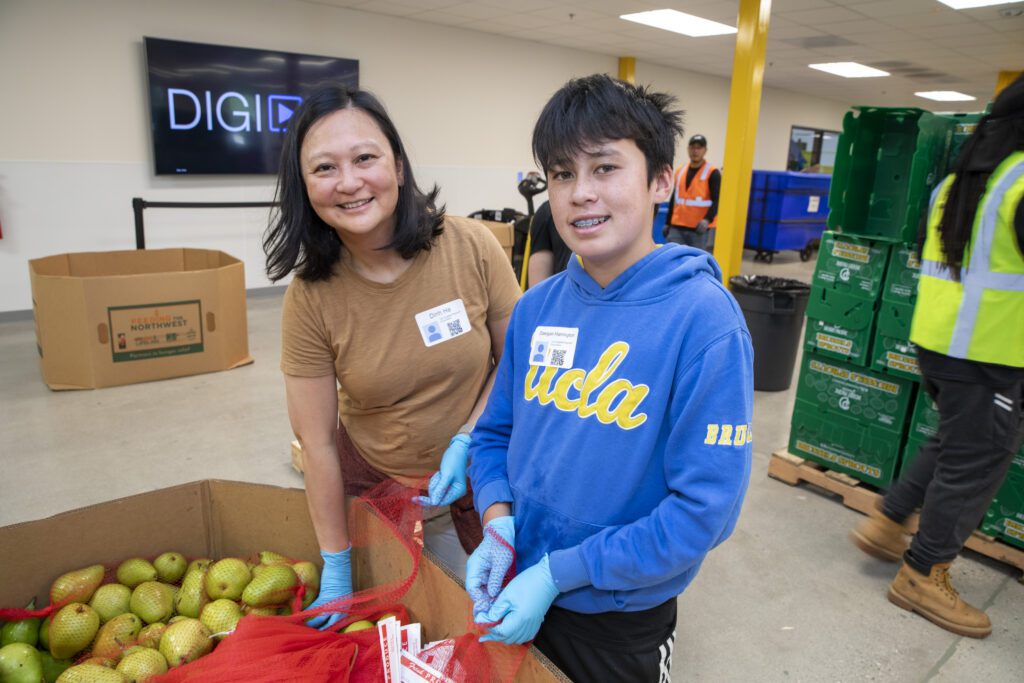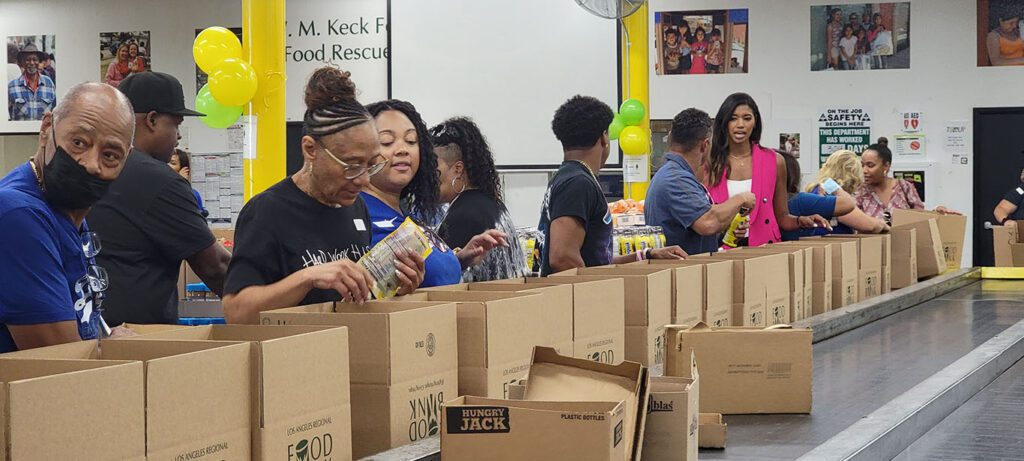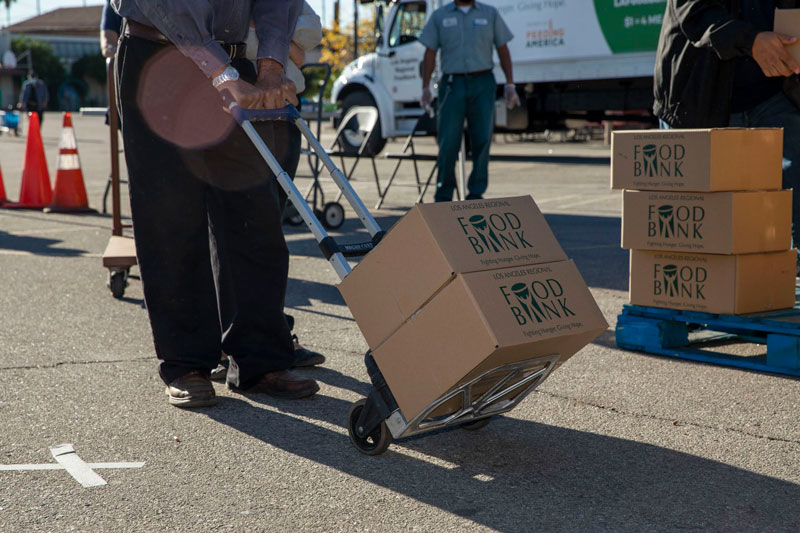How to Stop Throwing $2,000 in the Trash: Three Easy Steps
How to Stop Throwing $2,000 in the Trash: Three Easy Steps
The average American wastes about one pound of food every day…
…and loses roughly $2,000 worth of food annually. Meanwhile, and tragically, millions of our neighbors struggle to access meals in the United States. In Los Angeles County alone, an estimated 2 million people face food insecurity, including more than 500,000 children.
Planning ahead and only purchasing an amount of food that can be reasonably consumed is a good way to not only to prevent food waste but to save money as well. More and more grocery stores are taking up ant-waste initiatives. Unpurchased food from these stores is often redirected to Food Banks or other charitable organizations to be distributed throughout the community while it is still fresh and nutritious.
Food efficiency is important in the fight against hunger and is also good for the environment. When food breaks down, it releases methane – a gas more powerful than carbon dioxide and a significant factor in global climate change. So, what are you waiting for? Are you ready to save some money and fight hunger? Here are three steps:
Step 1: Download the Los Angeles Regional Food Bank’s Free Shelf Life Guide
Because the Food Bank’s vision is that no one goes hungry in Los Angeles County, the Food Bank has created a FREE 22-page guide to help people maximize their food efficiency.
Step 2: What Does an Expiration Date Mean? Learn Exactly How Long Your Food Lasts
Page 4 of the Food Bank’s Shelf Life Guide discusses date codes and teaches the difference between expiration dates, pack dates, sell-by dates, and use by dates. For example, “best if used by” dates communicate the manufacturer’s recommendation for how long the food will be at peak quality. After this date, the food is still safe to eat but begins to lose nutrients and quality.
Pages 10-22 lists individual products with estimated lifespans in various storage situations. For example, did you know that jars of pickles are good for a full year on the shelf of your pantry, and can last between 1-3 months after the jar is opened and stored in the fridge? Did you know that ground coffee can be kept in the freezer for between 1-2 years, but whole coffee beans may go bad in the freezer after just 8 days?
Step 3: Organize Food to Maximize Its Life
Did you know that there is a right way and a wrong way to organize your refrigerator? Because cold air falls to the bottom of the fridge, Items that need to be lightly cooled like jams and butter should be stored near the top, and meats should be stored near the bottom with enough space for air to circulate between items. While most fruits and vegetables keep the best quality when refrigerated, there are some exceptions. Tomatoes taste best if not refrigerated, as cold storage can sometimes cause them to become grainy.
Also, it is important to practice the “first in, first out” rule in all of your food storage locations. If you purchase milk, but you still have an unopened one in the fridge, make sure to store the newly purchased milk behind the older milk so that you remember to maximize the time you have to finish the product.
There you have it!
Using the Food Bank’s free Shelf Life Guide, you can organize your refrigerator and pantry, learn the differences between various types of expiration dates, and learn food-product by food-product how long items last. Eating all the food that you buy will allow you to purchase less food, saving you money. Meanwhile, you are helping to keep more food in the food distribution chain while it is still fresh and nutritious and helping the planet.
Sources:
Courthouse News Service: What a Waste: Americans Toss 250 Pounds of Food Each Year PUBLISHED November 26, 2018
The Guardian: Americans waste 150,000 tons of food each day – equal to a pound per person PUBLISHED April 18, 2018
CNBC: America’s $165 billion food-waste problem PUBLISHED APR 22, 2015

